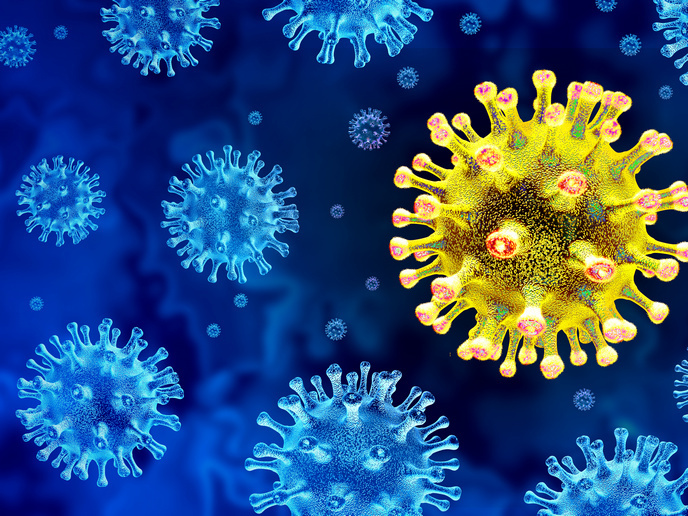Nanomaterial risk assessed with cutting-edge computation
Nanomaterials – materials that can be measured at the nanoscale – are in hundreds of everyday objects. Sports clothing for example often contains nanosilver to reduce odour, while nanoscale titanium can be found in sun cream, because it absorbs UVA and UVB rays. “Materials behave differently at the nanoscale,” explains NanoSolveIT deputy project coordinator Iseult Lynch from the University of Birmingham in the United Kingdom. “This is what gives nanomaterials their special properties.”
Limitations of current testing methods
More specifically, nanomaterials have huge surface areas in relation to their volume, which make them highly reactive. This means they are very useful in carrying out a range of advanced functions – but it also makes them a potential health risk. As a result, rigorous testing is in place to ensure that nanomaterials do not adversely interact with cellular machinery, or go places where they shouldn’t. Key challenges are the fact that each nanomaterial behaves differently, and that new products are being developed all the time. “Current testing involves conducting lab experiments for each nanomaterial,” says Lynch. “Rodents are often used, which creates ethical, cost and time issues. In addition, rodents are not always predictive of how nanomaterials will impact humans.”
Cutting-edge computer-based techniques
The NanoSolveIT project sought to address these challenges, and help regulators to keep up with the intense pace of innovation in the field. This was achieved through the development of in silico – or computer-based – testing techniques. Existing data was gathered to train computer models to make informed predictions for other materials. “All of these models were based on a combination of physics-based and machine learning or AI techniques,” adds project coordinator Antreas Afantitis from www.novamechanics.com (NovaMechanics Ltd) in Cyprus. The project team used these models to predict how a particular nanomaterial might interact with, say, proteins, or the cell membrane. The aim was to develop a ‘fingerprint’ for each particle, describing exactly how it binds to other molecules and if, and how, it induces toxicity. Models were also developed to assess the exposure of workers to particular nanomaterials, taking into account the nature (active or passive) and duration of a task, and whether the person exposed was male or female. This exposure assessment could then be combined with a hazard assessment, to provide an overall assessment of risk.
Computational risk assessment of nanomaterials
The NanoSolveIT project was able to demonstrate the cost-effectiveness and rapidity of this computational approach, as well as its flexibility and accuracy. “These computational methods can also help to eliminate animal tests, which is a priority of the EU,” notes Afantitis. In total, over 50 models were developed for hazard and exposure end points. Some 35 of these are now freely available for use by industry, regulators or civil society, and come with user-friendly interfaces. “A real strength of these models is that they are intuitive, come with detailed guidance, and can be combined in various ways,” says Lynch. All the data sets underpinning these models have also been made public, and have been structured in a way that makes them ready for further analysis. A key aim now is to target these models at early-stage product development, to encourage manufacturing that is safe and sustainable by design. “In drug discovery, thousands of candidate molecules are screened, in order to reduce the risk of failure further down the line,” adds Lynch. “The idea of applying computational risk assessment to nanomaterials is very similar.”
Keywords
NanoSolveIT, nanomaterial, nanoscale, nanosilver, molecules, computational, health







